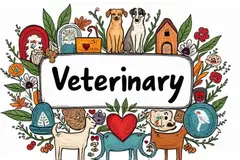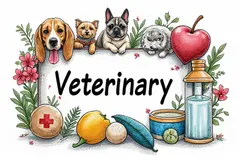 A fault in gait which causes the toe of a hind hoof to strike the back of the lateral fore leg or the heel of its hoof or horseshoe. Similar, but not identical, to forging.... ↪ Read more
A fault in gait which causes the toe of a hind hoof to strike the back of the lateral fore leg or the heel of its hoof or horseshoe. Similar, but not identical, to forging.... ↪ Read more Veterinary Drug Handbook (VDH) is the reference veterinarians turn to when they want an independent source of information on the drugs that are used in veterinary medicine today.
-
 Is veterinary Liniment Gel safe for humans?
Is veterinary Liniment Gel safe for humans? -
 Giving Your Cat A Pill
Giving Your Cat A Pill -
 Dog Aggression
Dog Aggression -
 Dogs May Help Boost Infant Health
Dogs May Help Boost Infant Health -
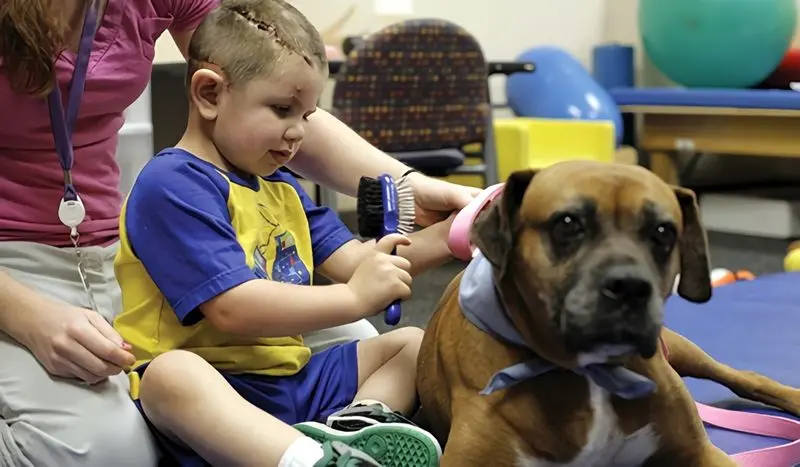 Animal-Assisted Therapy, Veterinary Social Work, & Social Work With People & Pets in Crisis
Animal-Assisted Therapy, Veterinary Social Work, & Social Work With People & Pets in Crisis -
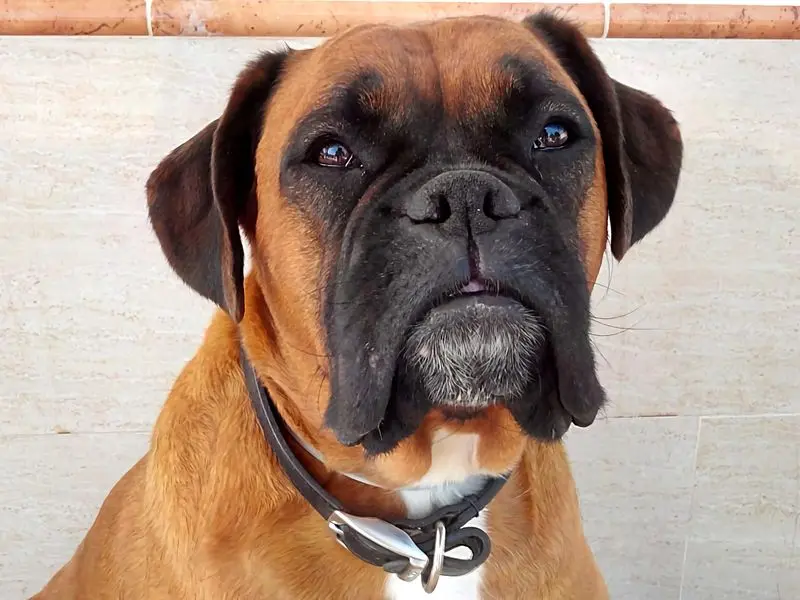 On-demand veterinary service gives advice on poorly pets
On-demand veterinary service gives advice on poorly pets -
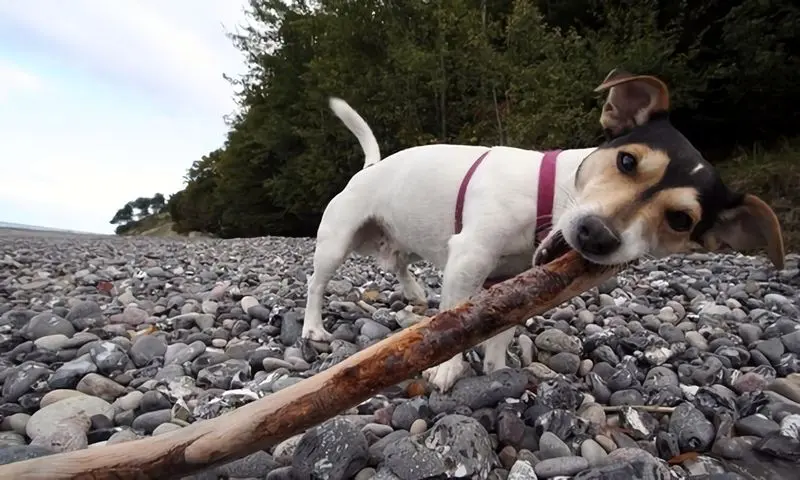 Should we stop throwing sticks for dogs?
Should we stop throwing sticks for dogs? -
 Can breathing in cat hair be harmful?
Can breathing in cat hair be harmful? -
 What does PU/PD mean in veterinary medicine?
What does PU/PD mean in veterinary medicine? -
 Bill calls for ban on sales of dogs, cats in Maine pet stores
Bill calls for ban on sales of dogs, cats in Maine pet stores -
 Common Meanings Of Cat Behavior
Common Meanings Of Cat Behavior -
 What does DVM stand for in veterinary?
What does DVM stand for in veterinary? -
 Curing Bad Cat Breath
Curing Bad Cat Breath -
 New Tracking Tool for Pathogen Investigators
New Tracking Tool for Pathogen Investigators -
Can binturongs be kept as pets?
-
 How long do instruments stay sterile after autoclaving veterinary?
How long do instruments stay sterile after autoclaving veterinary?
OVER-REACHING
 A fault in gait which causes the toe of a hind hoof to strike the back of the lateral fore leg or the heel of its hoof or horseshoe. Similar, but not identical, to forging.... ↪ Read more
A fault in gait which causes the toe of a hind hoof to strike the back of the lateral fore leg or the heel of its hoof or horseshoe. Similar, but not identical, to forging.... ↪ Read more OUT OF
OSTEOLYSIS
OSTEO- or OSTE-
OSSIFICATION
 The hardening of soft tissues, such as ligament or cartilage, into bone. This is often a part of the natural aging process.... ↪ Read more
The hardening of soft tissues, such as ligament or cartilage, into bone. This is often a part of the natural aging process.... ↪ Read more OSSELETS
OPENED-TOED EGGBAR
ONYCHOMYCOSIS
 Means a fungal disease of the nail or claw. Denotes the decay of the inner hoof wall and the white line as a result of infection by highly adaptable microorganisms. a.k.a: White line disease; Onycholysis.... ↪ Read more
Means a fungal disease of the nail or claw. Denotes the decay of the inner hoof wall and the white line as a result of infection by highly adaptable microorganisms. a.k.a: White line disease; Onycholysis.... ↪ Read more OFFSET KNEE
OFF
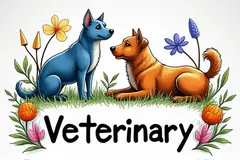 The horse's right side. The side of the horse that faces east when the animal is walking north. Opposite of near.... ↪ Read more
The horse's right side. The side of the horse that faces east when the animal is walking north. Opposite of near.... ↪ Read more OCCLUSION
OBEL LAMENESS GRADES
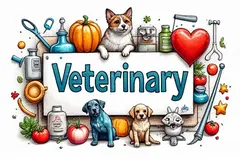 A system of rating degrees of lameness resulting from laminitis developed by Niles Obel circa 1948. Obel Grade I features frequent shifting of weight between the feet, no discernible lameness at the walk, and bilateral lameness at the trot. Obel Grade II horses do not resist having a foreleg lifted,... ↪ Read more
A system of rating degrees of lameness resulting from laminitis developed by Niles Obel circa 1948. Obel Grade I features frequent shifting of weight between the feet, no discernible lameness at the walk, and bilateral lameness at the trot. Obel Grade II horses do not resist having a foreleg lifted,... ↪ Read more Popular Diagnoses
Packed cell volume (PCV, hematocrit) Reflex ovulator Mucolytic Microfilaricide Bronchodilator Hematocrit Glucocorticoid Monoamine oxidase inhibitor (MAOI) ↪ All veterinary diagnoseOther Diagnoses
Microorganism Mineralocorticoids Miticide Mitochondria mL Modified live vaccine Monovalent vaccine Monoamine oxidase inhibitor (MAOI)Popular Veterinary Clinics
VCA Welborn Animal Hospital, 7860 Washington Avenue Kansas City, KS 66112 USA MedVet Columbus, 300 East Wilson Bridge Road, Worthington, OH Rutland Veterinary Clinic & Surgical Center, 90 East Pittsford Road, Rutland, VT VCA Paradise Valley Emergency Animal Hospital, 6969 East Shea Boulevard Suite 150 Scottsdale, AZ 85254 USA Connecticut Veterinary Center & Pet ER, 470 Oakwood Ave West Hartford, CT 06110 USA Norway Veterinary Hospital, 10 Main St P.O. Box 273 Norway, ME 04268 USA Craig Road Animal Hospital, 5051 West Craig Road, Las Vegas, NV Abri Veterinary Hospital Inc, 1449 Trademart Boulevard Winston-Salem, NC 27127 USA ↪ All veterinary clinicsOther Veterinary Clinics
Animal Clinic of Sterling Heights, 39990 Van Dyke Avenue, Sterling Heights, MI Animal Emergency Center - Novi, 24360 Novi Road Suite A Novi, MI 48375 USA Animal Medical Center of Troy, 994 South Boulevard West, Rochester Hills, MI Animal Medical Center, 2330 44th St SW Wyoming, MI 49519-4263 USA Ottawa Animal Hospital, 2691 120th Avenue, Holland, MI Bad Axe Animal Medical Clinic PC, 1054 North Van Dyke Road, Bad Axe, MI Bayshore Veterinary Clinic PC, 2414 10th Street Menominee, MI 49858 USA Belleville Animal Hospital, 437 Sumpter Road Belleville, MI 48111 USAPopular Drugs
DOXYLAMINE SUCCINATE Doses - PENICILLIN V POTASSIUM Doses - METHYLPREDNISOLONE, METHYLPREDNISOLONE ACETATE, METHYLPREDNISOLONE SODIUM SUCCINATE ACEPROMAZINE MALEATE Doses - PREDNISOLONE, PREDNISOLONE SODIUM SUCCINATE, PREDNISOLONE ACETATE, PREDNISONE Doses - FURAZOLIDONE Doses - FERROUS SULFATE Doses - LEVAMISOLE ↪ All veterinary drugOther Drugs
AGRI-MECTIN (ivermectin) EQUI-PHAR NITROFURAZONE SOLUBLE DRESSINNG Vanquish PrePost Gentamicin Piglet Injection (GENTAMICIN SULFATE, USP) Piglet Injection - 5 mg/mL VETROMAX® gentamicin sulfate USP, betamethasone valerate USP and clotrimazole USP ointment Ivermectin Paste Dexolyte Solution Cal Dex CMPK InjectionPopular Terms
Subalbinotic Steatis Uteroverdin Paradoxical CSF acidosis Figure of 8 suture pattern Nerve root signature Ovariohysterectomy Abrev OVH Signalment ↪ All veterinary termOther Terms
TENDOVAGINITIS TENOTOMY THERAPEUTIC THORACIC LIMB THOROUGHPIN THROUGH-PIN THRUSH TIED IN AT KNEESveterinary-help.com
© 2011-2025 Veterinary Clinics, Diagnoses, Terms and Drug Handbook Online


